CloudAve readers know I am a fan of edgy marketing. Now it’s time to update my recently compiled inventory of software marketing pranks. A major show like Salesforce.com’s DreamForce would not even be real without some guerilla marketing activity – except the players seemed to have traded places this year. Guerilla Marketing is normally David’s weapon, but this year Goliath – Holy Microsoft – came down to us earthlings running around on Segways handing out MS Dynamics CRM discount coupons:
I did not get Forced
On a side-note…

(Cross-posted @ CloudAve » Zoli Erdos)

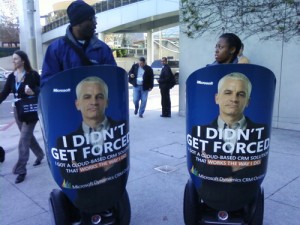
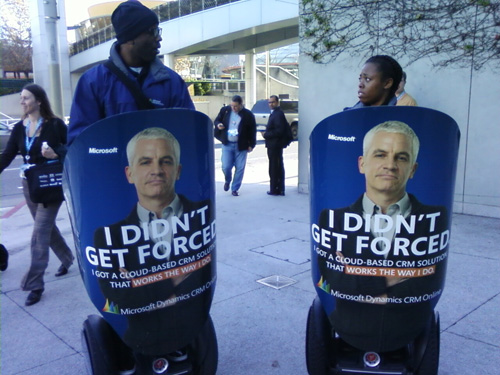
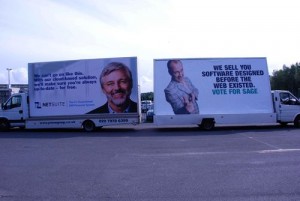

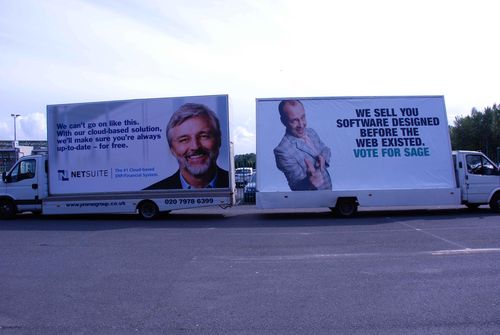
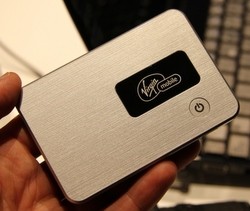 If you’re a frequent traveler, you’re likely better off buying a MiFi or using your late-model cell-phone’s HotSpot capability than paying those outrageous hotel surcharges. If you’re a frequent conference-goer, you’ve already learned they all fail to provide reliable connection(Web 2.0, LeWeb, Gnomedex, Microsoft PDC, Google I/O, just to name a few recent examples), so the only solution is
If you’re a frequent traveler, you’re likely better off buying a MiFi or using your late-model cell-phone’s HotSpot capability than paying those outrageous hotel surcharges. If you’re a frequent conference-goer, you’ve already learned they all fail to provide reliable connection(Web 2.0, LeWeb, Gnomedex, Microsoft PDC, Google I/O, just to name a few recent examples), so the only solution is 



 How do I know, when I’m not even there? By reading what others say. For starters, here’s
How do I know, when I’m not even there? By reading what others say. For starters, here’s 


 ) for his crusade against bloated integration and maintenance costs, which “can make up 70 to 90% of TCO in an SAP shop” and Ray also has a track record of
) for his crusade against bloated integration and maintenance costs, which “can make up 70 to 90% of TCO in an SAP shop” and Ray also has a track record of 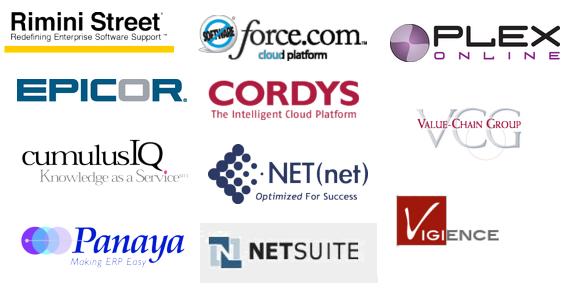

![Reblog this post [with Zemanta]](https://www.zoliblog.com/wp-content/uploads/HLIC/54e6a3db43b098ecbf5db09e027cb1c1.png)

 )
)


Recent Comments